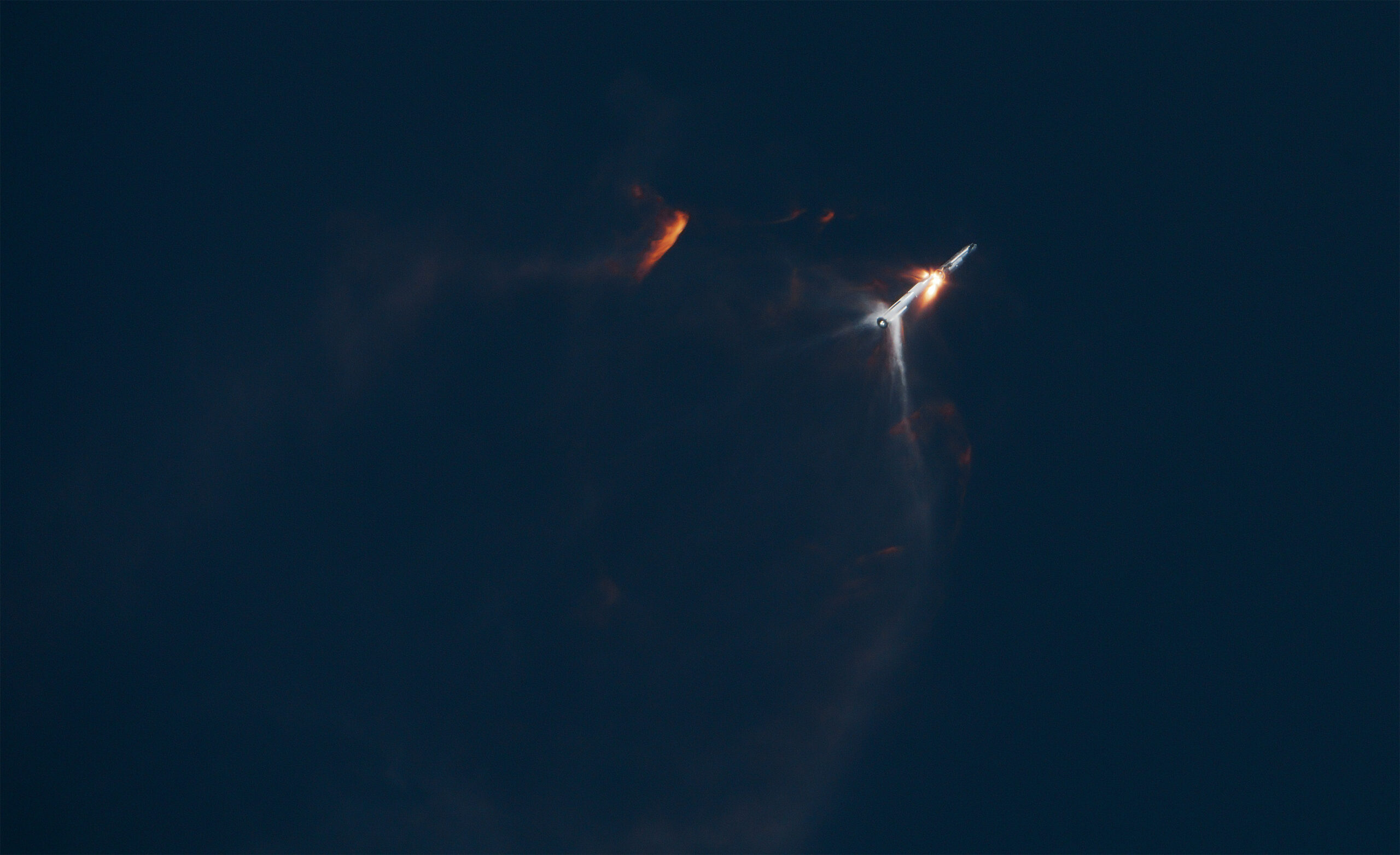How Starship’s second flight test went

SpaceX's Starship rocket failed its second flight test: the spacecraft separated from the booster and reached a height of about 150 kilometers in space, then was detonated before entering orbit
Half success for SpaceX: Starship exploded (again) after reaching space in the second test test.
The second integrated flight test of the system which includes the Super Heavy rocket and the Starship shuttle from SpaceX, Elon Musk's aerospace company , took place on November 18 at 2:00 pm (Italian time), after the first one ended with the explosion of the aircraft a few minutes after take-off on April 20th.
Both stages of the enormous Starship rocket, the most powerful ever built, exploded shortly after their successful separation in Saturday's test. “With a test like this, success comes from what we learn, and today's test will help us improve Starship's reliability as SpaceX seeks to make life multiplanetary,” the company said in an X post.
The mission's goal was to launch Starship into Texas and into space just before reaching orbit, then dive into Earth's atmosphere for a splashdown off the coast of Hawaii. So Musk's super rocket did not pass the second flight test, even though it represented an important advance compared to the previous attempt in April, Reuters points out.
The planned flight is one of many crucial tests in SpaceX's development campaign to build a fully reusable rocket capable of sending about 150 tons of satellites into space, as well as humans to the Moon and eventually Mars. NASA has also been following this second test flight carefully, since it is counting on this system for its return missions to the Moon. as part of the Artemis 3 mission planned for 2025.
NASA Administrator Bill Nelson nevertheless congratulated the company for making "progress in today's flight test."
All the details.
SECOND STARSHIP FLIGHT TEST FAILED
The SpaceX Starship launch failed minutes after reaching space. Three minutes after launch Starship had successfully separated from the Super Heavy booster. Then the booster exploded; the second stage continued its flight but exploded when it reached about 150 kilometers in height.
STOPPAGE IN SIGHT?
Starship's failure to meet all of its test goals could represent a setback for SpaceX, Reuters points out.
THE INVESTIGATION OPENED BY THE FAA
And this time too, the Federal Aviation Administration (FAA) has opened an investigation into the flight "accident", a standard regulatory procedure, before SpaceX can launch another rocket Starship.
“An accident occurred during the second flight test of SpaceX's Starship, launched today from Boca Chica, Texas. The anomaly led to the loss of the vehicle. There was no damage to people or things,” explained in a statement the government agency that will have to review the request for a new launch license by SpaceX.
NASA'S POSITION
“Today's test is an opportunity to learn and then fly again”: this is how NASA administrator Bill Nelson commented on Starship's second flight test on X.
“Space flight is a bold adventure, requiring positive spirit and innovation,” Nelson wrote. “Congratulations to the teams who made progress in today's flight test,” he concluded, adding that “together, NASA and SpaceX will return humanity to the Moon, Mars and beyond.”
THE IMPORTANCE OF THE LAUNCH SYSTEM
The Starship system is designed to be fully reusable and aims to become a new method for flying cargo and people beyond Earth. The rocket is also fundamental for NASA which paid out around 4 billion dollars, Bloomberg recalls. In 2021 the American space agency selected SpaceX for its Human Landing System (HLS) program to develop versions of Starship capable of landing astronauts on the moon with the Artemis 3 mission currently scheduled for 2025, the first crewed landing on the moon since 1972.
ANALYSTS COMMENT
While Starship's development does not appear to be fast enough to match the US space agency's plans, the program is in line with SpaceX's risk-tolerant culture of embracing rapid testing and re-testing of prototypes to accelerate improvements in design and engineering.
For space industry analyst Laura Seward Forczyk, “it was a fantastic partial success.” This launch “exceeded my expectations,” he told AFP .
This is a machine translation from Italian language of a post published on Start Magazine at the URL https://www.startmag.it/innovazione/come-andato-il-secondo-test-di-volo-di-starship/ on Sun, 19 Nov 2023 10:27:53 +0000.
